Presented by RM Sotheby’s.
Unveiled at the 2013 Geneva International Motor Show as a replacement for the Enzo, the Ferrari LaFerrari was a technological tour de force that took the world by storm. Maranello’s first production model to be equipped with a hybrid power unit, the sixth-generation hypercar was the fastest and most powerful road-going Ferrari ever. It was, and remains, one of the greatest achievements in the marque’s 75-year history.
Compared to contemporaries such as the Porsche 959 and Bugatti EB110, the first Ferrari hypercars had been conservative designs. For all their astonishing pace, the 288 GTO and F40 had lacked headline innovation, focussing instead on a back-to-basics ethos of minimal weight and colossal power. With the subsequent F50, the Prancing Horse had abandoned the traditional spaceframe in favor of a more futuristic carbon fiber tub, but there was little else to whet the appetite of techno freaks. Its successor, the Enzo, upped the technological ante. The first Ferrari hypercar to feature an automated paddle-change transmission and active aerodynamics, it represented a radical leap compared to the outgoing F50. The Enzo was an up-to-the-minute interpretation of what a flagship sports car should be all about. And then along came the game changer.

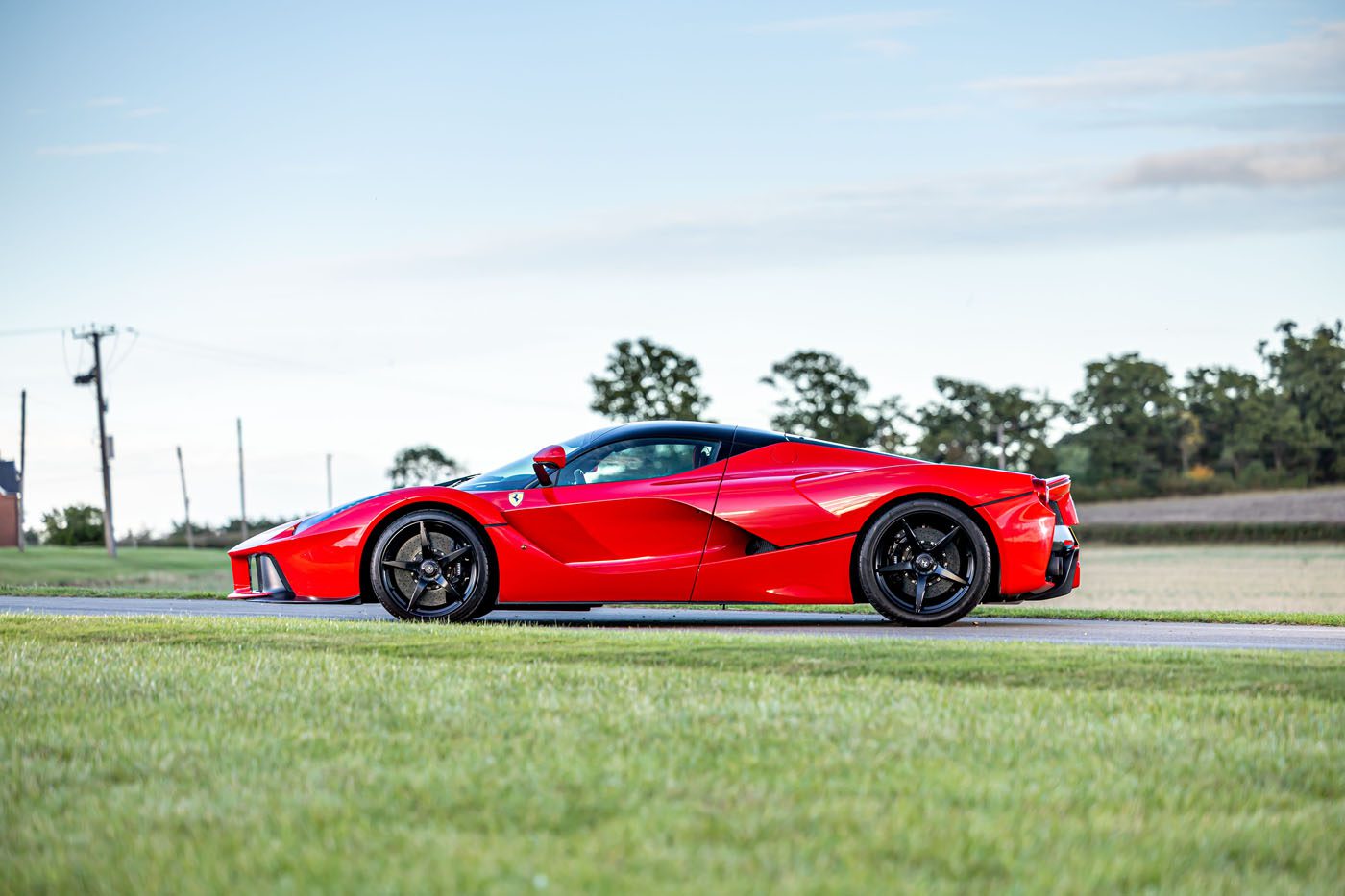
Based around a carbon fiber monocoque designed by F1 technical director Rory Byrne, the Tipo F150 LaFerrari adopted an enhanced version of KERS (Kinetic Energy Recovery System), which had been used in Grands Prix since 2009. Like any other hybrid set-up, KERS employed electric motors in addition to a traditional petrol engine. With an electric motor delivering maximum torque from zero rpm, the benefits included noticeably stronger acceleration. Kimi Räikkönen had emphatically proven this in Formula 1 when his KERS-equipped Ferrari stormed past Giancarlo Fisichella to win the 2009 Belgian Grand Prix—Fisichella attributing Räikkönen’s win to the hybrid system.
Dubbed HY-KERS, the production version in the LaFerrari mated a 120-kilowatt motor to a 6,262 cc 65-degree V-12 to deliver quite extraordinary results. Delivering a combined 950 horsepower and 715 lb ft of torque through a seven-speed dual-clutch Getrag transmission, the car could accelerate from 0-100 km/h in a mere 2.9 seconds. The manufacturer claimed that 0-300 km/h could be dispatched in 15 seconds, while top speed was an astonishing 350 km/h. Even more startling, however, was the car’s pace around the Fiorano test track, where it was said to lap more than five seconds quicker than the Enzo. Such pace was in no small part down to the brilliance of the hybrid set-up. With HY-KERS taking care of low-down torque, the engine could be tuned for maximum power at high revs without the car becoming a temperamental prima donna. As a result, Ferrari engineers were able to produce an engine that was more potent than the Scuderia’s last V-12 single-seater, in a car able to cope with city traffic.
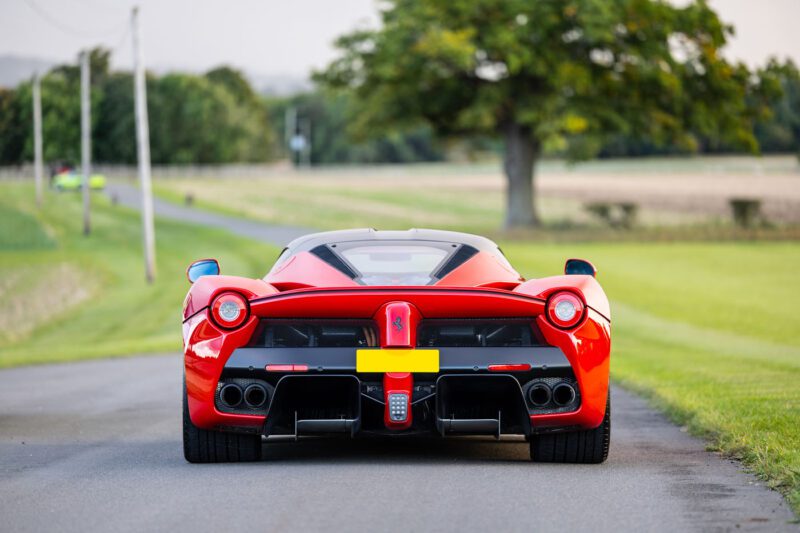
To ensure the thundering performance was accessible, electronic traction control was integrated with the hybrid system, and there was a third-generation electronic differential. The double-wishbone front- and multilink rear suspension was equipped with active damping, while the Brembo carbon-ceramic brakes measured a huge 398 mm at the front and 380 mm at the rear. The Pirelli P-Zero front tires were an equally vast 265/30 R19, but were nonetheless dwarfed by the 345/30 R20 rears.
Drawing from the Grand Prix team’s expertise in computational fluid dynamics, the composite body continued the high-tech theme. Produced in-house alongside the Scuderia’s F1 racers, it was as aerodynamically efficient as it was beautiful. The vast scallops on each flank served to extract air from around the front wheels, increasing the downforce created by the active front diffuser, as well as channeling air to the rear-mounted radiators. A guide vane in the underbody automatically reduced flow to the front radiator to reduce drag, while dynamic air intakes on the haunches boosted ram effect for an additional 5 horsepower at speed. At the rear, a computer-controlled spoiler optimized drag and downforce, while dynamic diffuser flaps helped “suck” the car onto the road. This electronic gadgetry added up to 360 kilograms of downforce when cornering at 200 km/h, reducing it to 90 kilograms in a straight line at the same speed.
Remarkably, the carbon fiber monocoque boasted a 27 percent improvement in torsional stiffness compared to the Enzo, yet was some 20 percent lighter. In spite of the HY-KERS with its eight 15-cell battery modules, the LaFerrari was no larger than its predecessor, while the center of gravity was lowered by 35 mm—providing further improvements to balance and stability. Visually, the whole was tied together into a tautly styled berlinetta that combined hints of classic racing icons such as the 330 P4 and 312 P with exciting flourishes from the modern Formula 1 era. In creating the LaFerrari body, form very much followed function, yet never has the application of science looked quite so stunning.


When testing the new hypercar, British magazine Autocar stated that “LaFerrari is very possibly the world’s fastest, most exciting hypercar”. There was, however, a drawback for anyone hoping to acquire one. To join the invitation-only waiting list, potential owners were expected to have recently bought at least two brand-new Ferraris, and owned no fewer than six in the previous 10 years. In spite of this, all 499 cars were sold by the time it first hit the streets.
As a long-term Ferrari enthusiast, the consignor was one of the lucky few chosen by Maranello to be given a build slot. Finished in the quintessential Ferrari shade of Rosso Corsa, chassis 203166 was delivered to the UK and first registered on 17 July 2014. Owing to the model’s collectability, many live sheltered lives in climate-controlled garages and are rarely seen on the road. That is not the case with this example, which has been regularly driven and enjoyed, and presents today with 24,233 miles on the odometer. The level of care lavished on this special supercar is commensurate with use, with accompanying invoices from marque specialists Dick Lovett and H.R. Owen totaling more than £30,000; this includes a March 2022 service at H.R. Owen. Additionally, chassis 203166 is accompanied by its coveted “Yellow Book”—issued at birth for limited-edition models—as well as car cover, monogrammed photo album, owner’s manuals, leather overnight bag, towing kit, and tire inflator.
This LaFerrari offers a rare opportunity to acquire one of the most technologically advanced and sought-after hypercars of the modern era—one that is ready to be driven and enjoyed as its maker intended.
This vehicle is offered from The Gran Turismo Collection, featured in RM Sotheby’s forthcoming London sale on 5 November at Marlborough House. Learn more and register to bid online.
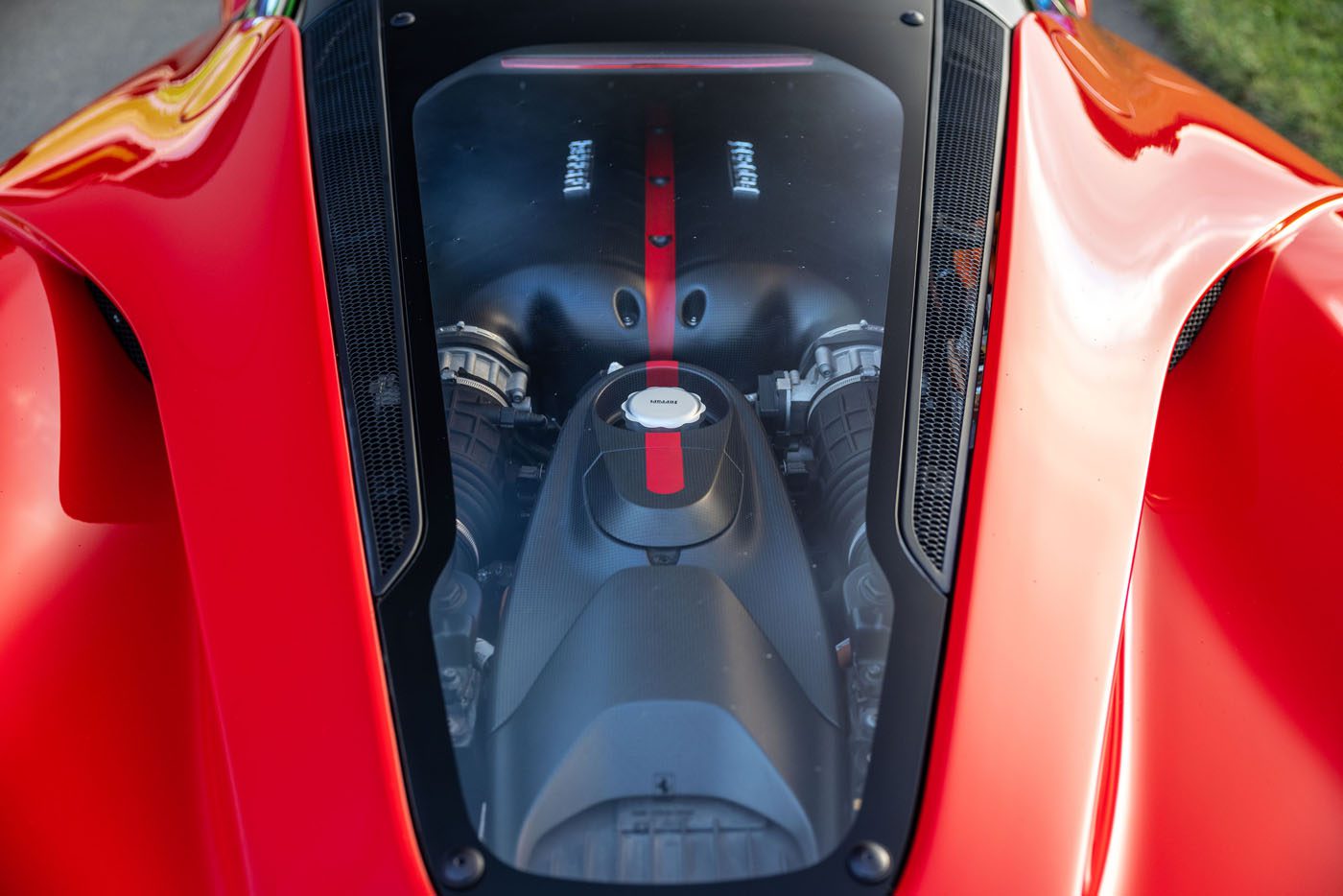
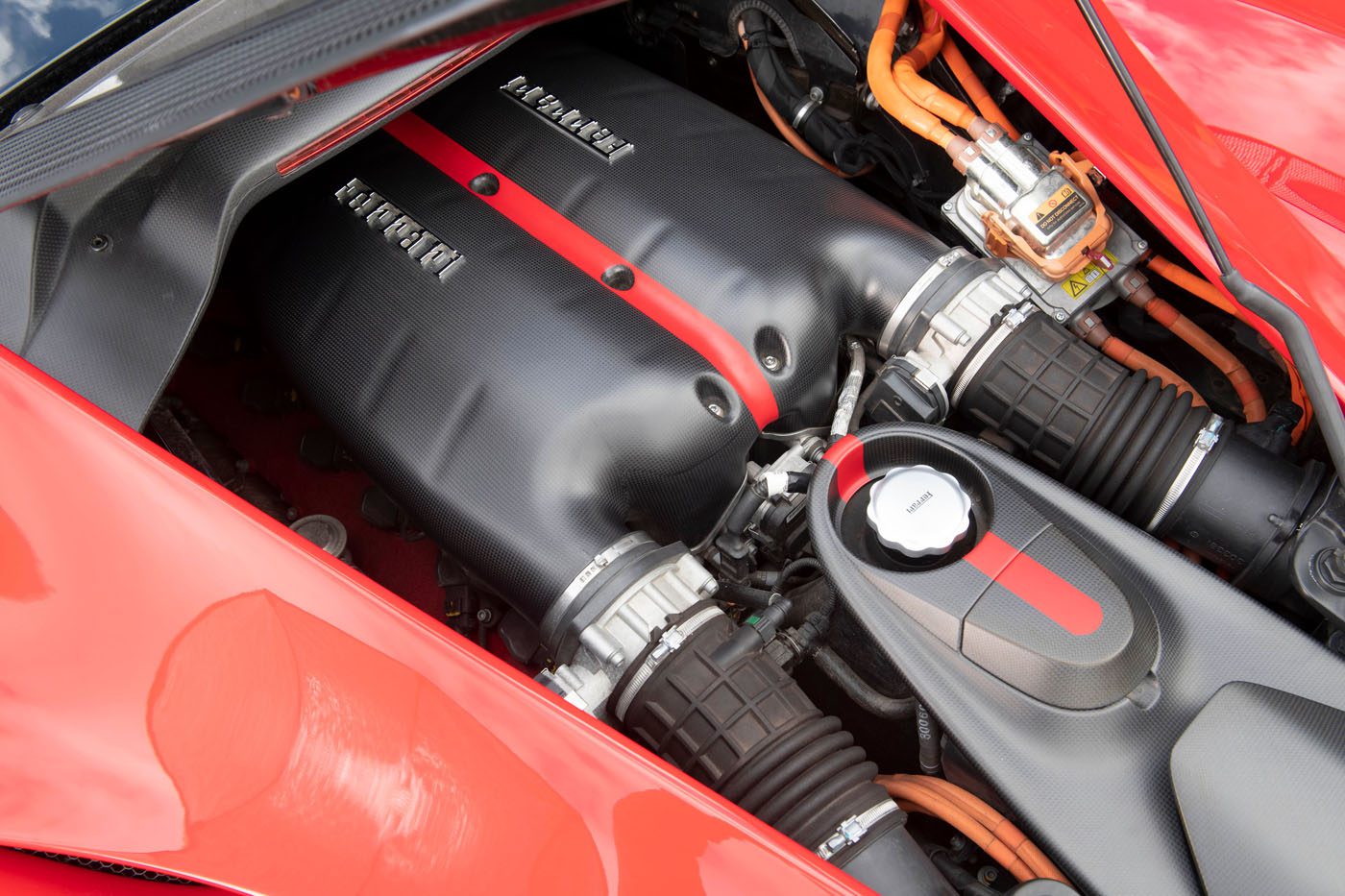
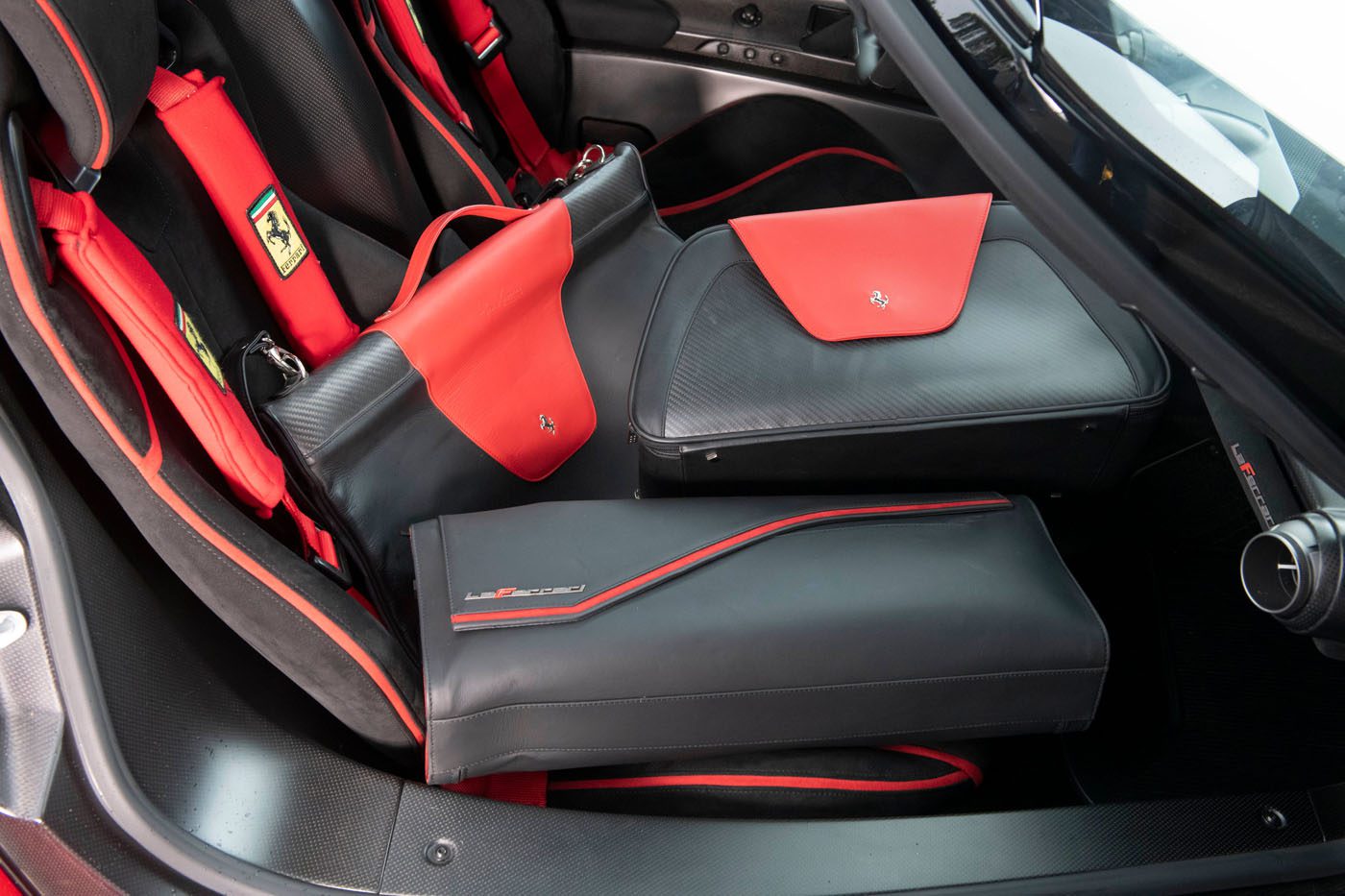
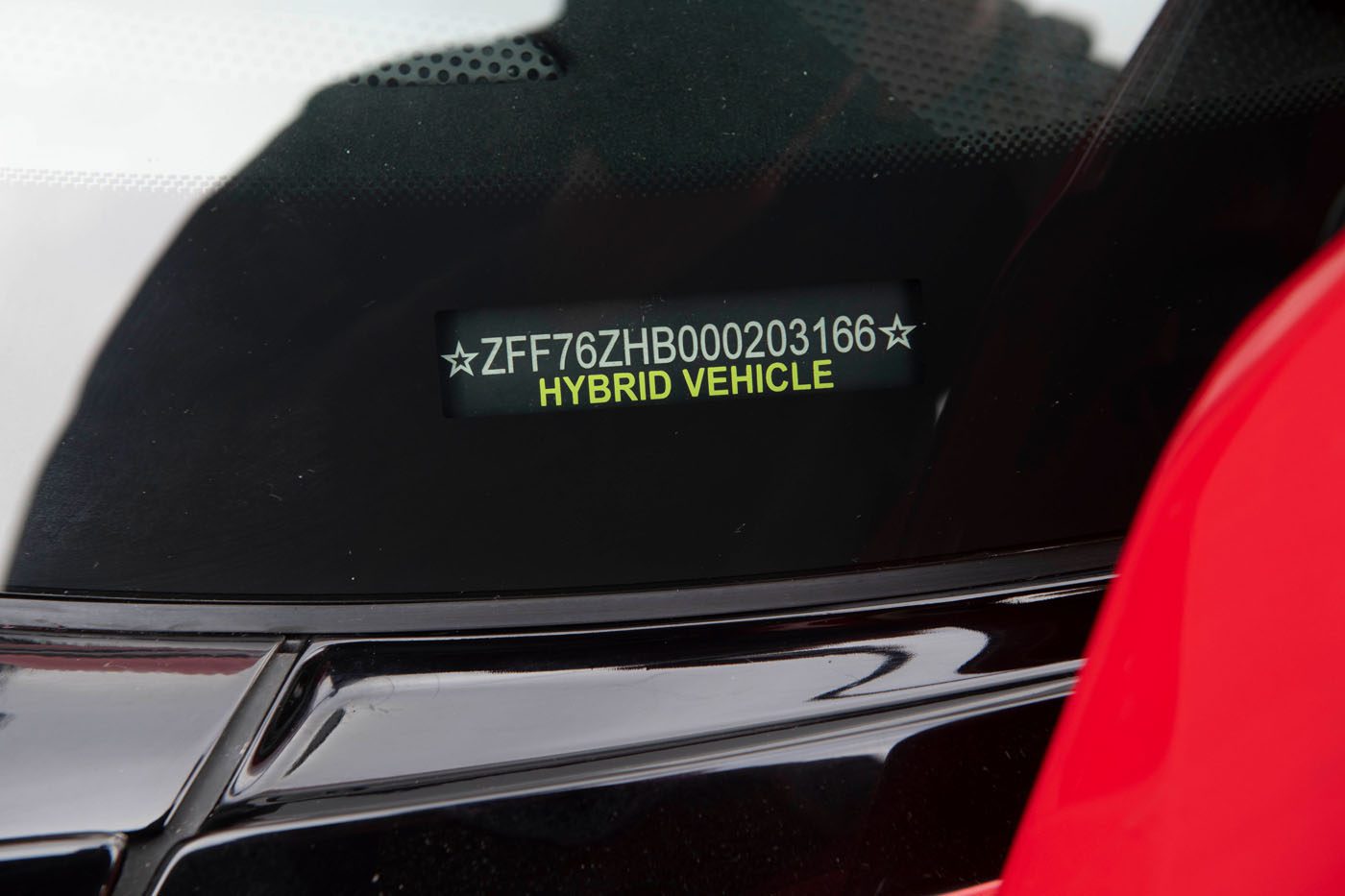
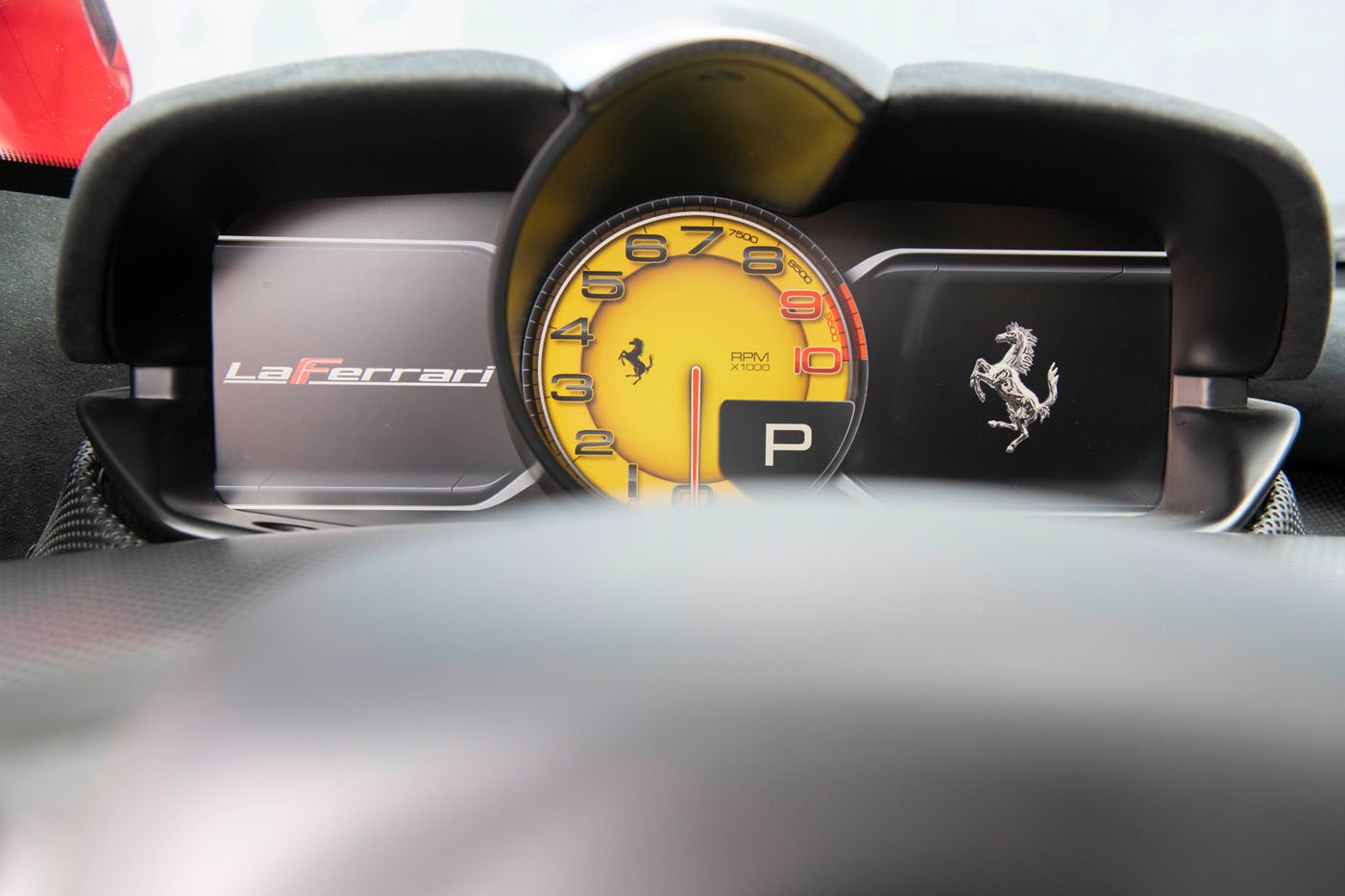


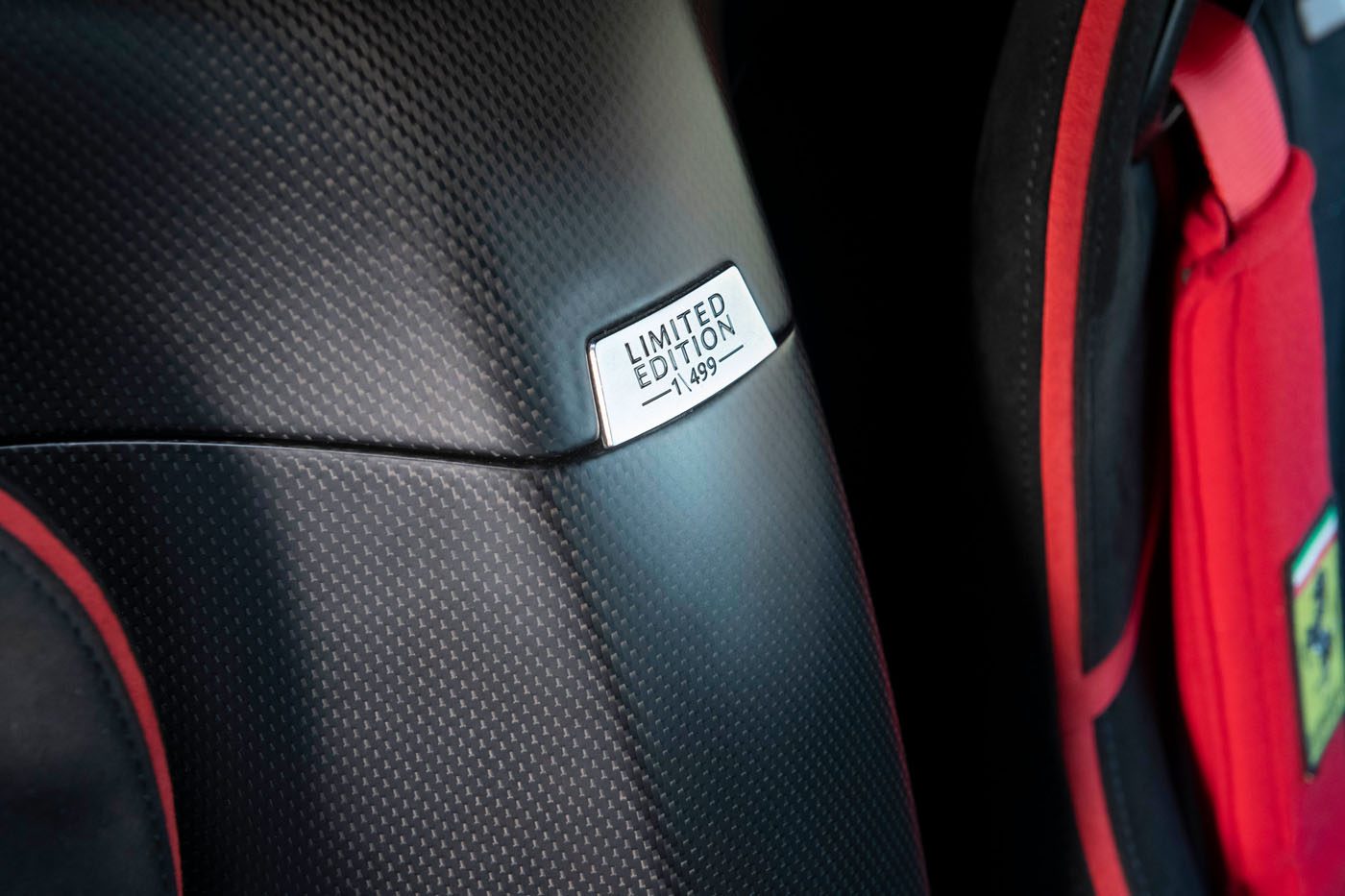



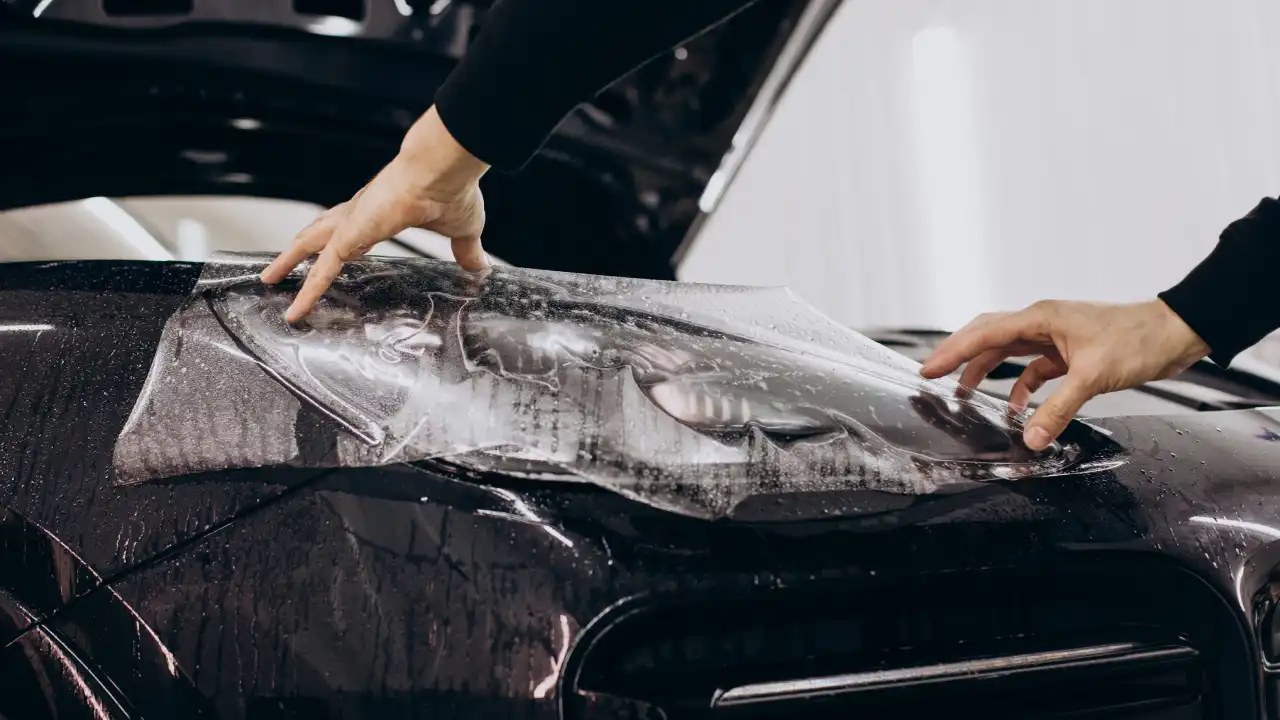

More Stories
The World’s Only FIA Endurance Racing Minivan
McLaren, Lockheed Will Collaborate On “Futuristic” Supercar Design
2023 Mercedes-AMG GT to be crowned by 831bhp plug-in hybrid